What is the number one reason to leverage 3D printing? My new answer.....Innovation.
Having been involved in the 3D print industry for over a decade, many people ask me the reasons for implementing 3D print. My standard answer is usually it's not just one reason but it's the desire for a company to reduce time to market, produce goods not possible before, reduce costs, and be more innovative. The last item – innovation – being the one that very rarely people asked me to expand on. In reading a recent article from Kathleen Gallagher from the BizTimes in Milwaukee – I had an aha moment. We should all focus on innovation!
She wrote a great article on the recent struggles of Briggs and Stratton and their lack of innovation. You can read her article here: BizTime Viewpoints: Lack of innovation explains collapse of Briggs & Stratton
I do realize the challenges Briggs and Stratton faced went well beyond innovation but it put it in perspective when I try to work with clients to help explain how best in class companies are leveraging 3D print. Most people look to 3D printing for prototypes or to replace existing processes directly but what we need to look at is how to be innovative in leveraging game changing technology – whether 3D print or something else. With 3D print technologies from HP and Carbon, now is the time to really look at not only your current challenges but future opportunities. Look to be innovative. It won't be fast or simple but look to be a game changer to ensure your future success.
When I look at the typical design process I break it into 4 basic steps.
- Sales/Marketing - Develop an idea
- Design & Engineering - Create the actual design
- Test & Validation - The process to produce the good is developed
- Manufacturing & Production - Goods are actually produced
This design wheel represents my view.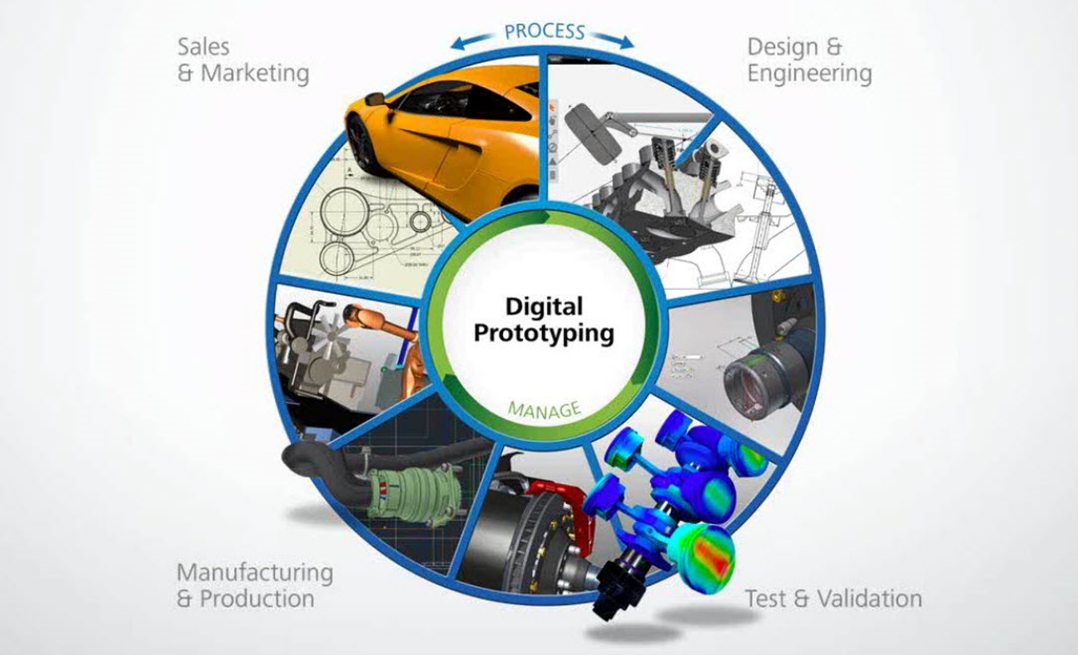
To me – if you apply “innovative” thinking to each step and how 3D printing can move your company forward – this is the future we desire. Of course we will still have the standard applications where prototypes improve time to market or decrease errors but real innovation will come when you look at additive manufacturing differently. You will need to change old processes, put new standards in place, think differently, etc… This needs to start at a management level so that employees are encouraged to challenge old ways and look at new markets. Often we see the end engineers using 3D print to solve current pains – not develop new applications or markets.
Getting back to Kathleen’s article, it’s tough for any company to survive 100+ years and the only way to do so is evolve and innovate. You can’t be the same company over time. Think of Apple and Microsoft for how they have evolved and innovated. Even MasterGraphics as a smaller company has only been able to survive 70+ years because we have evolved and re-innovated ourselves to be completely different than we were from our origins. Yes, we serve the same industries, but with different solutions.
I encourage you to really step back, to view 3D print anew and how it may be able to move your business forward. At the beginning the end goal is usually a “pipe” dream but as we all have experienced, it does not take long for innovation to deliver on future dreams. Hello self driving cars!
I look forward to any thoughts about what I wrote – even challenges to my thinking. You can take a closer look at the latest 3D print technologies here http://www.mastergraphics.com/3d-printers/ but most importantly if you want to have a discussion around innovation – don’t hesitate to reach out to me.



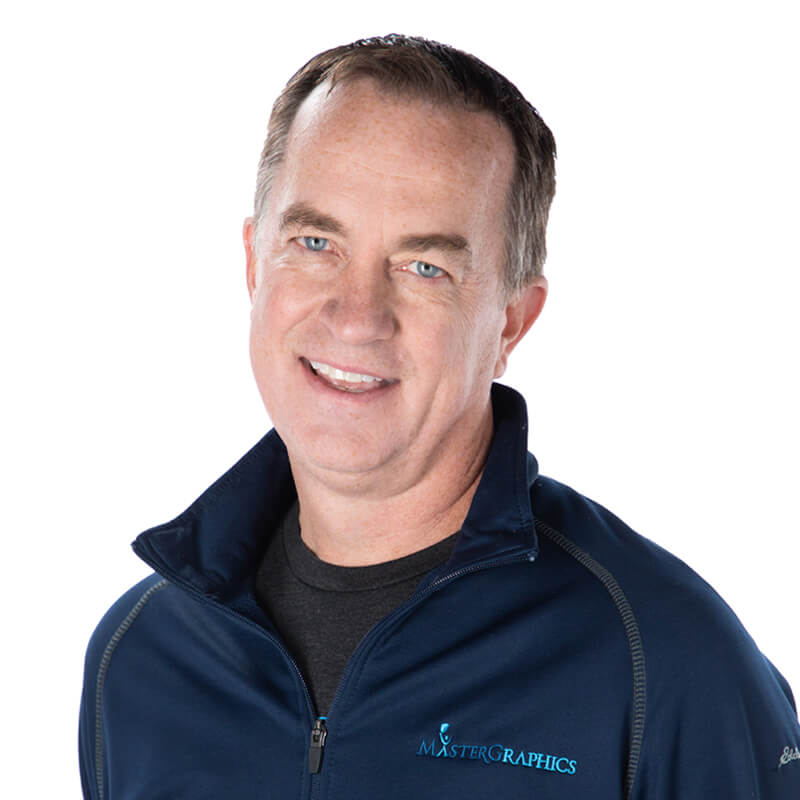
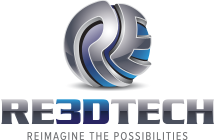
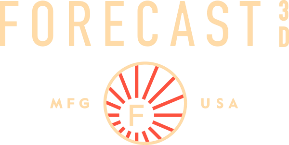

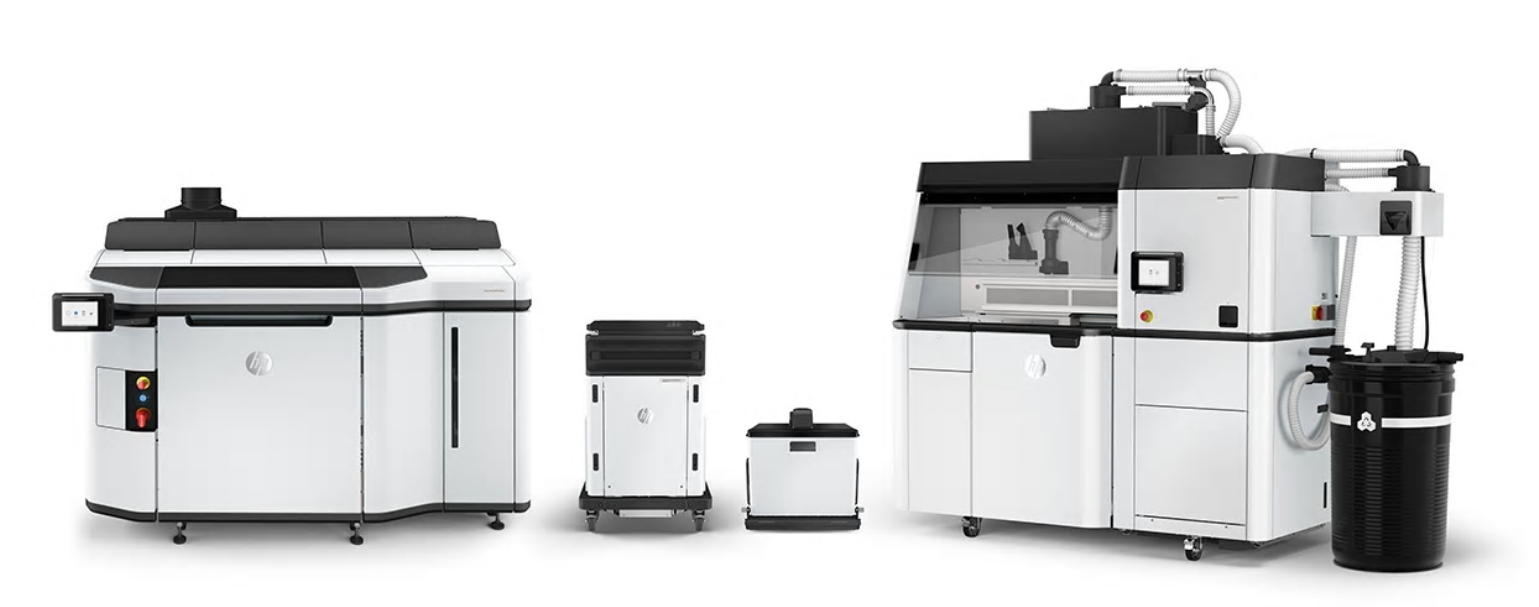
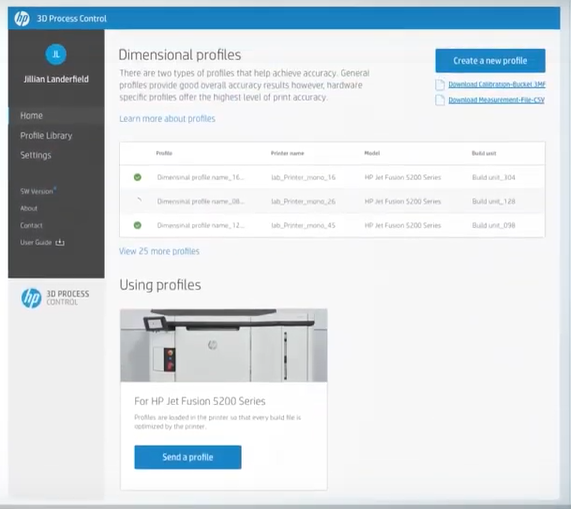
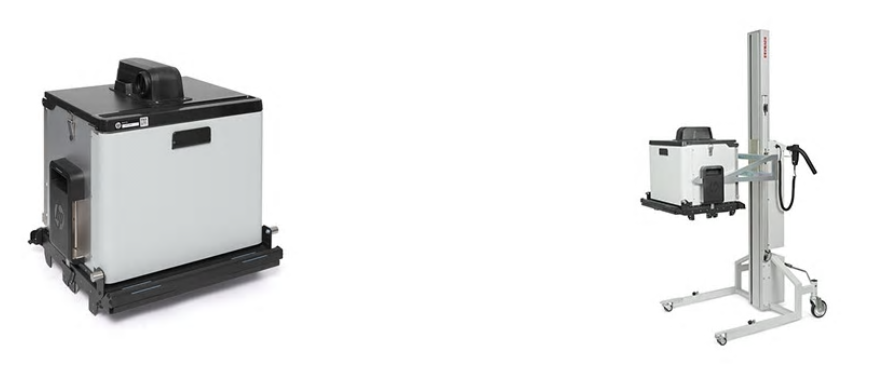

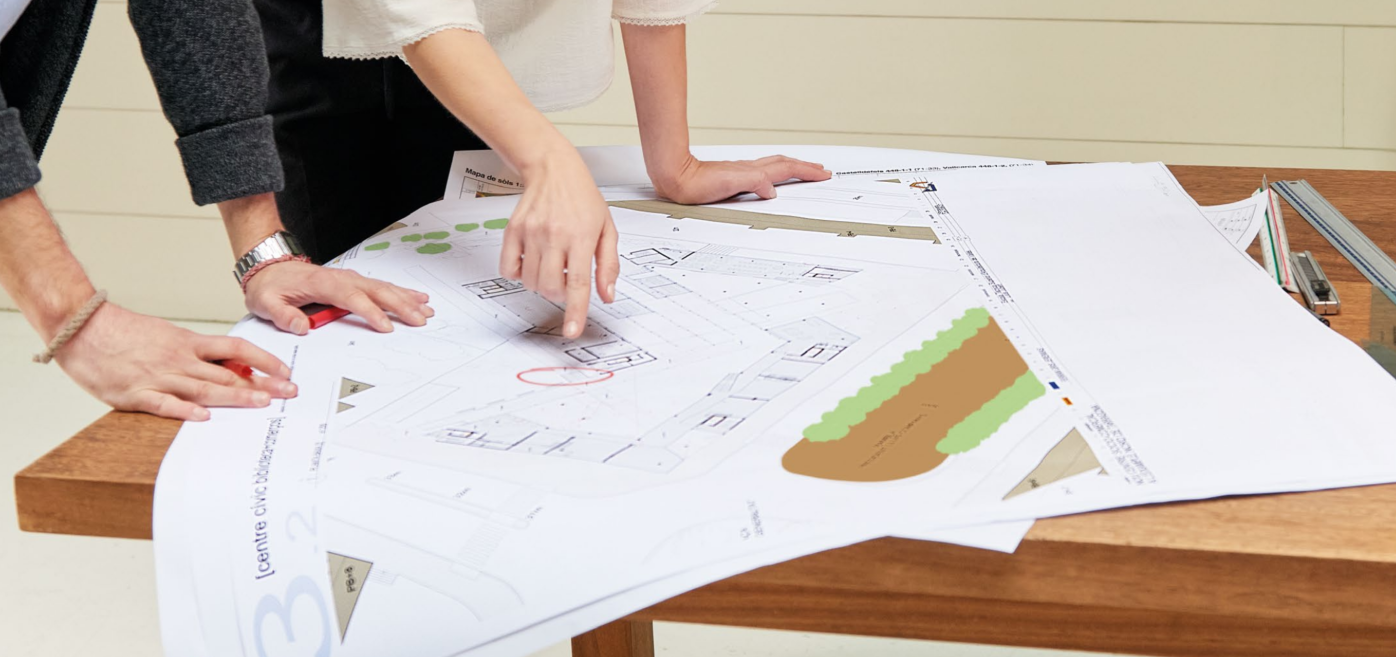
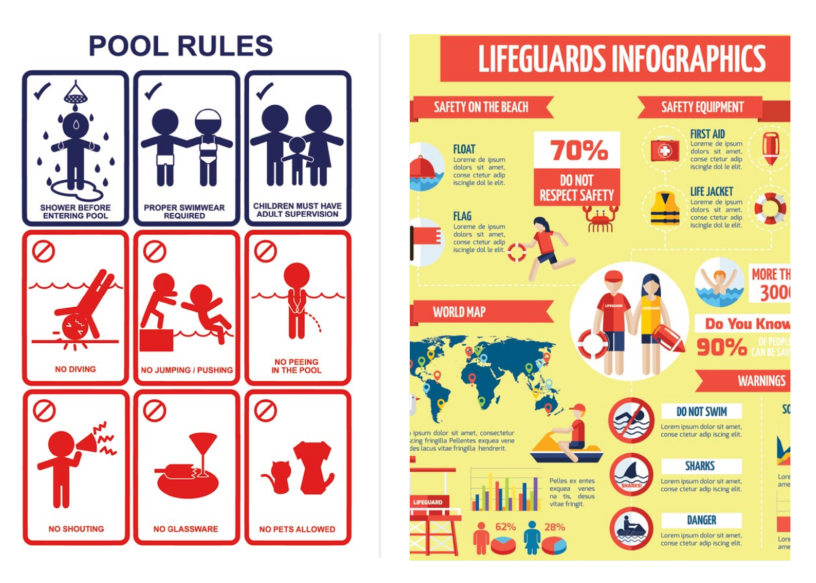
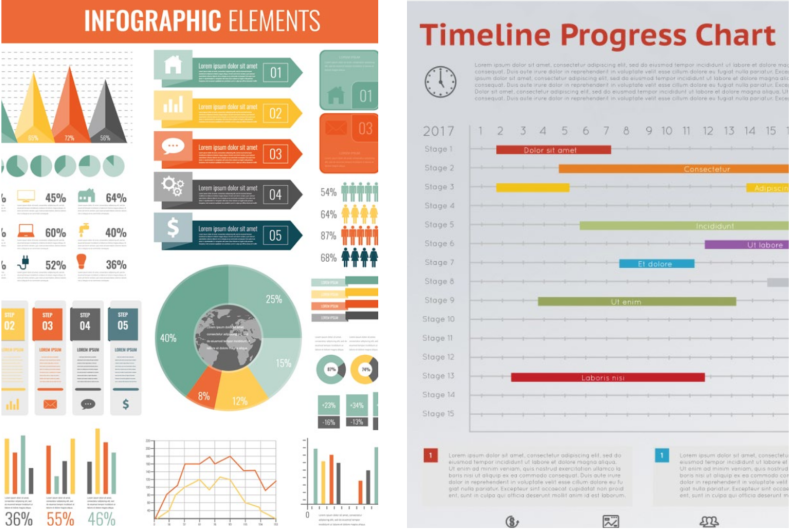
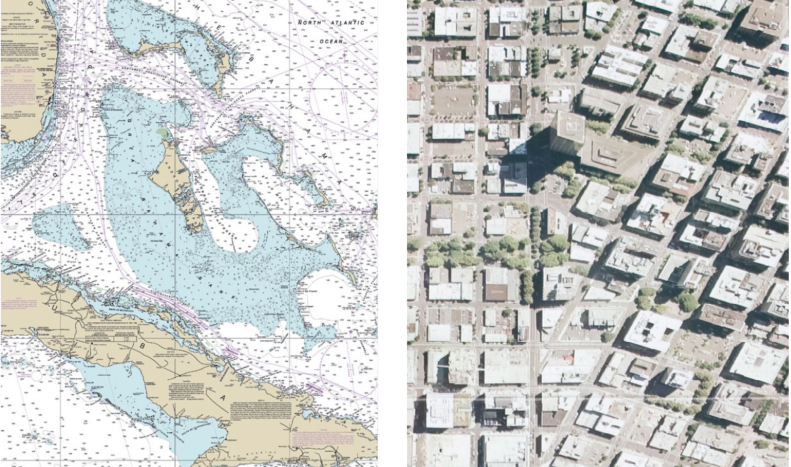
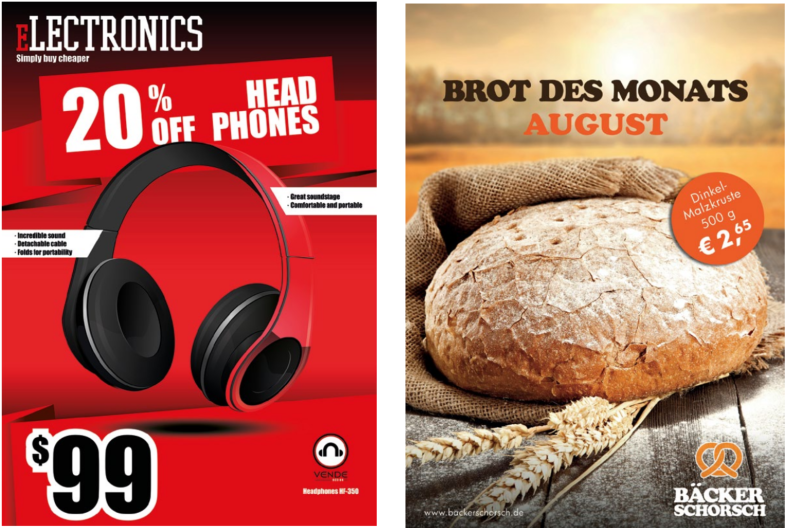
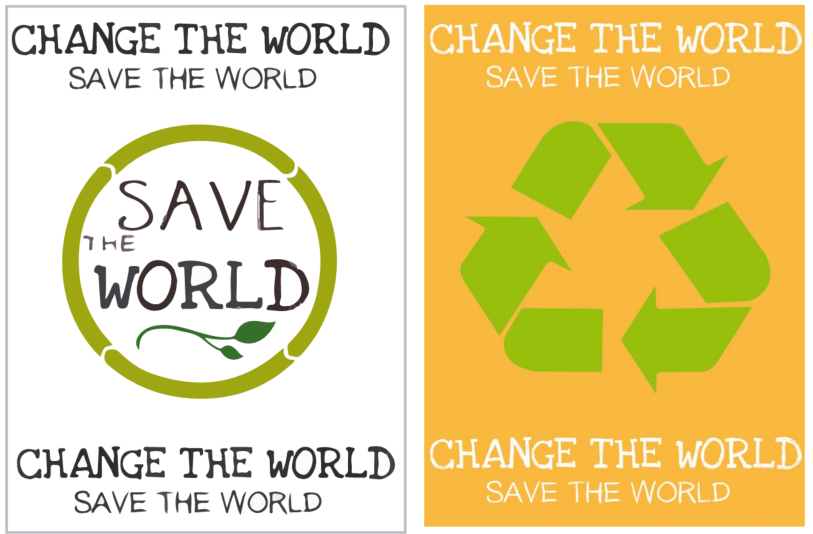

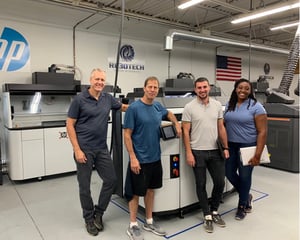 MasterGraphics installs one of the first HP Multi Jet Fusion 5210 3D Printing Production Solutions at Illinois based Service Provider RE3DTech.
MasterGraphics installs one of the first HP Multi Jet Fusion 5210 3D Printing Production Solutions at Illinois based Service Provider RE3DTech.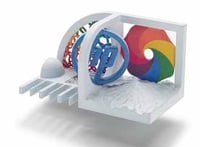 HP recently announced their new, sub-$100k, 500 series of 3D printers utilizing their innovative MJF (Multi Jet Fusion) 3D print technology. This is the same technology being used in HP’s revolutionary 4200 production-level 3D printers that were released in 2017. I should also note that HP MJF uses HP PageWide print head technology, which is also used in their 2D line of printers.
HP recently announced their new, sub-$100k, 500 series of 3D printers utilizing their innovative MJF (Multi Jet Fusion) 3D print technology. This is the same technology being used in HP’s revolutionary 4200 production-level 3D printers that were released in 2017. I should also note that HP MJF uses HP PageWide print head technology, which is also used in their 2D line of printers.